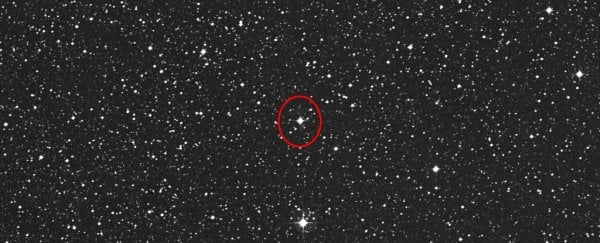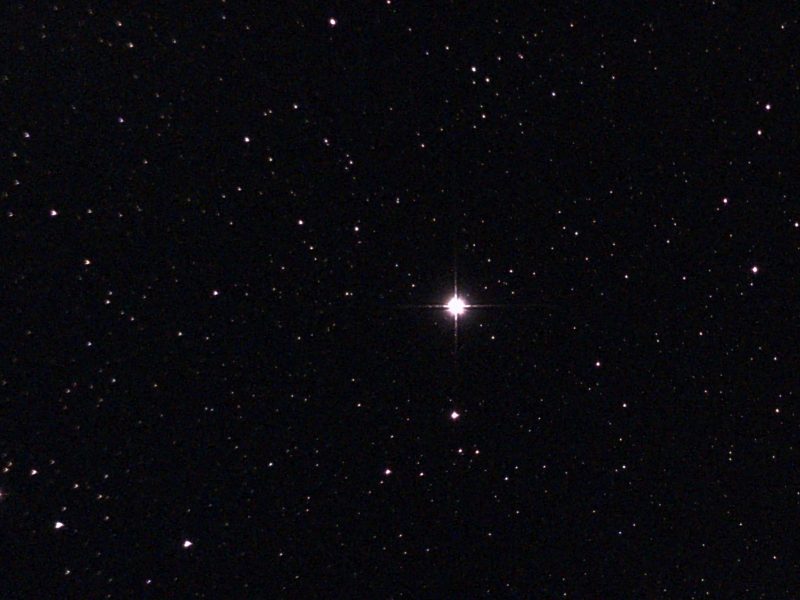A rare nova visible to the eye
If you look carefully into the night sky, you might spot a star that wasn’t visible last week.
A star named RS Ophiuchi, located about 4,566 light-years away in the equatorial constellation of Ophiuchus, has just had an epic eruption. The star is now visible to the naked eye at a magnitude of around 4.8, a whopping seven magnitudes brighter than its usual 12th magnitude dimness.
Novae are difficult to find even at the best of times, but what makes this occasion so special is the rarity of the star. RS Ophiuchi is a recurrent nova, which means it erupts on a regular basis. Only ten of these stars have ever been discovered in the Milky Way.

RS Ophiuchi erupts every 15 years or so on average. Its last nova was in 2006, so the new burst is right on schedule, and it was discovered by Irish amateur astronomer Keith Geary on August 8, 2021. This was quickly followed by reports of other detections from around the world.
Overeager snacking is what causes the star’s repeated novae. RS Ophiuchi is a binary star, consisting of a white dwarf orbiting a red giant. The smaller, denser white dwarf siphons material – primarily hydrogen – from the red giant as the two whirl around each other.
This hydrogen condenses on the surface of the white dwarf, where it heats up. Periodically, the mass accumulates to the point where the pressure and temperature at the layer’s bottom are high enough to cause a thermonuclear explosion, ejecting the excess material into space violently. This is the nova.
If the white dwarf gathers enough mass to cross a critical mass threshold known as the Chandrasekhar limit, it will become unstable and explode in a Type Ia supernova, bringing the binary to an end.
That may happen to RS Ophiuchi at some point in the future, but not today – the two stars will continue their spectacular dance and explode another day.
How to find RS Ophiuchi
The constellation Ophiuchus is currently in the south after sunset. It lies above the better-known constellation Sagittarius and its familiar Teapot asterism, which is closer to the horizon. If you look above the spout of the Teapot and cross the cloudy swath of the Milky Way, you’ll come to the region of sky where RS Oph lies.
The brightest star in Ophiuchus is Rasalhague, located near the top of the constellation, and the second-brightest is Sabik, located near the bottom. RS Oph lies about midway between the two stars but farther to the left (east). You can use the photo above as a star chart to get you to the right area, then use the photo below to narrow down the field. You can also find a star chart at SpaceWeather.com.

Observer reports of RS Oph
Observers took to Twitter to share their reports of RS Oph.
READ MORE: Here’s What the Supergiant Star Betelgeuse Will Look Like When It Goes Supernova (video)






